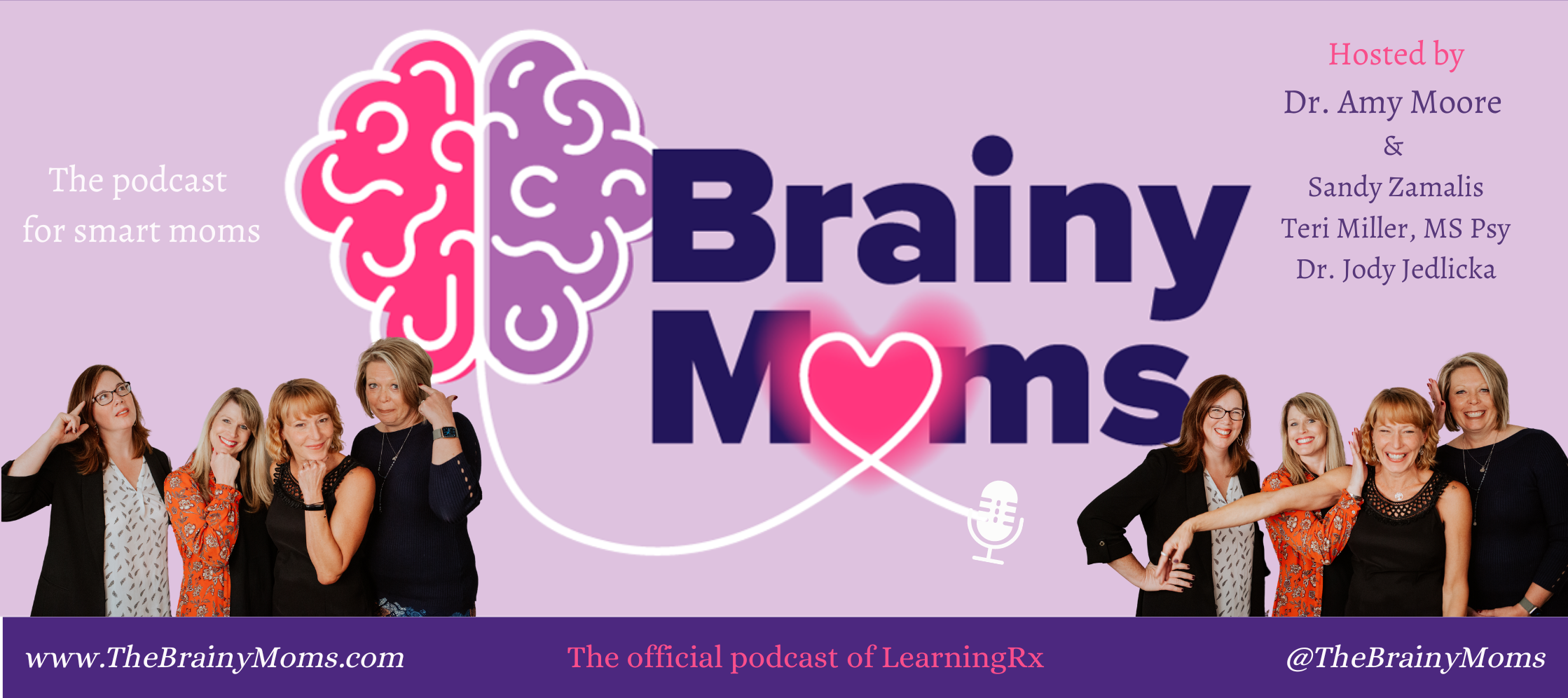Embarrassed that your kid threw a tantrum at the grocery store or that your tween had a meltdown over math homework? You’re certainly not alone. While most kids act out occasionally over the course of childhood, more frequent outbursts or acts of defiance might be cause for concern. So how do parents get to the bottom of behavioral issues, especially when younger kids may not be able to identify or express what they’re feeling? Here are some of the more common underlying issues that can be at the root of difficult behaviors.
ADHD
One of the most common neurodevelopmental disorders of childhood, Attention Deficit/Hyperactivity Disorder (ADHD) is an umbrella term that includes three types of attention symptoms: predominantly inattentive (think “easily distracted”), predominantly hyperactive-impulsive (e.g., restless, fidgety, difficult-to-control impulsiveness), and a combined presentation. It’s worth noting that the presentation of ADHD manifestations may change over time.
In addition, research has shown that ADHD tends to manifest differently in boys compared to girls. While boys with ADHD tend to display externalized symptoms, such as impulsivity that interrupts the classroom, girls typically display more internalized symptoms, such as inattentiveness and “spacing out.”
Behaviors you might see:
Interrupting, not waiting their turn, making careless mistakes, difficulty getting organized, losing things, appearing forgetful, an inability to complete time-consuming tasks, appearing unable to listen, struggles to follow multi-step directions, impulsively yelling or throwing something when asked to stop doing something they enjoy, such as playing video games
Common co-existing issues:
Sleep problems, learning struggles, anxiety, depression
Listen for more: 5 Pillars of ADHD Intervention >>
Anxiety
To be clear, it’s normal for children and teens to feel worried occasionally. But when these fears or concerns begin to affect your kid’s thoughts and behaviors to the point that they interfere with their daily life, it may be time to seek professional help for anxiety.
Behaviors you might see:
Difficulty concentrating, school avoidance, crying or irritability, regularly expressing intrusive and negative thoughts, overeating or lack of appetite, fidgeting, being clingy (especially with younger kids)
Common co-existing issues:
Sleep problems, nightmares, stomach aches, tension headaches
Listen for more: The Ages & Stages of Parenting Anxious Kids >>
Autism
Autism spectrum disorder (ASD) is a complex neurological and developmental disorder that affects how people communicate, socialize, learn, and behave. The degree of impairment varies widely between individuals.
Behaviors you might see:
Restricted interests, repetitive behavior, challenges with social communication, inflexibility of behavior, literal interpretation of abstract ideas, difficulty making or keeping friends, difficulty understanding and identifying their own and others’ emotions, difficulty tolerating changes to routine, arranging things in a particular manner
Common co-existing issues:
Aversion to making and maintaining eye contact, lack of proficiency using non-verbal gestures, stilted or scripted speech, hypersensitivity to loud noises, hand flapping, rocking or spinning
Learning Disorders
This broad term encompasses challenges in one or more areas of learning, even when motivation or intelligence isn’t affected. In addition to ADHD, the top five most common learning disabilities are dyslexia (reading), dyscalculia (math), dysgraphia (writing, spelling, and handwriting), and dyspraxia (coordinated movements).
Experts now believe that more than 80% of learning struggles are due to weak cognitive skills, which can be targeted and trained to make learning, thinking, reading, and remembering faster and easier.
Behaviors you might see:
Acting out at school, avoiding homework, starting fights with a sibling to create a diversion from completing a difficult task, calling themselves “stupid” or “dumb,” poor grades, hiding grades, incomplete assignments, bullying (or being bullied)
Common co-existing issues:
Low self-esteem, classifying themselves as “bad at math,” stomach aches, headaches, school avoidance
Sensory Processing Issues
Loosely defined as problems processing information from the senses—including touch, taste, smell, vision, hearing, and movement, sensory processing issues are often first recognized during the toddler years.
While hypersensitive kids tend to avoid strong sensory stimulation because it overwhelms them, hyposensitive kids seek out more sensory stimulation. Note that while sensory issues are frequently considered a symptom of autism, not everyone with sensory issues is on the spectrum
Behaviors you might see:
Tantrums or outbursts regarding bright lights, uncomfortable clothing, getting their face wet, or loud noises; aversion to crowded spaces; avoidance of foods with particular unappealing textures; rigidity in routines; abruptly leaving situations that overstimulate their senses, clumsiness, putting inedible items in their mouths, dramatic mood swings
Common co-existing issues:
Sometimes obsessive-compulsive disorder (OCD), ADHD, or developmental delays; difficulty with fine motor skills, unusually low or high pain threshold
Digging Deeper into Your Child’s Difficult Behaviors
An initial diagnosis for most of the above conditions can come from a pediatrician, although you may be referred to a variety of experts, such as pediatric psychiatrists, cognitive skills trainer, occupational therapist, child psychologist, or speech-language pathologist. Regardless of the cause of the underlying issue, you may be provided help in managing the symptoms or addressing the behavioral challenges from a combination of medical and non-medical professionals.
